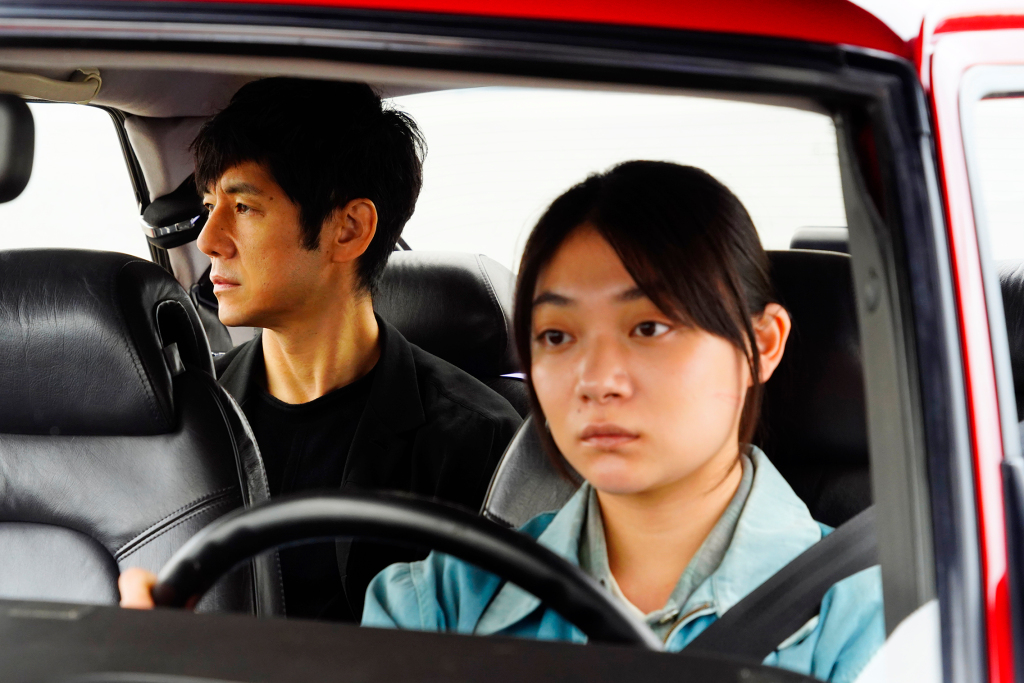Instead, it pursues a kind of cinematic stillness to match Murakami’s plain, serene prose, and takes things suitably slow — this is the kind of film where the opening credits arrive 40 minutes in — as it ponders just how much time can heal all wounds.
Where Lee’s adaptation slashed through the text with sensuous purpose, however, Hamaguchi takes a more expansive, discursive tack, gently indulging his affinity for melodrama: The story already plays into his predilection for ornate character networks and openly addressed matters of the heart.
Its first act — the terminology feels especially appropriate in a film that pivots on theatrical staging — documents the marriage between Tokyo-based actor and theater director Yusuke , an intimate partnership that nonetheless accommodates unspoken infidelities on her part, especially since the death of their young daughter years before.
At least his beloved car is a comfort and a constant: a red Saab 900 that cinematographer Hidetoshi Shinomiya shoots like an exotic insect against the gray, treeless geometry of the city.
The young hired driver, Misaki , is herself introverted and soft-spoken, and guards her personal history with a similar sorrowful wariness to his, but that is not a commonality on which obvious friendships are built: Neither party feels quite free to enjoy the silence, while the disembodied recordings of Chekhov’s play that fill the space between them sound almost ghostly in this context.
When Yusuke confounds expectations by casting Takatsuki as Vanya rather than taking the role himself, it’s unclear if he’s exacting tacit revenge on the oblivious younger man, or somehow overlapping their identities: As Hamaguchi irons out certain details of Murakami’s story, he folds in new ambiguities aplenty.
It’s the car that remains the story’s most intense, truth-telling space, as Yusuke and Misaki gradually — and Hamaguchi’s understanding of “gradually” is more gradual than most — thaw to each other, each using the other as a sounding board for pent-up trauma and tragedy.
The film charts this intricate evolution against the bigger, bolder tonal progressions of the play rehearsals, where the actors eventually rail against his preference for endlessly repeated, uninflected table reads.
The camera marks fine changes in light and air as the story progresses from Tokyo’s unyielding urban surfaces to the muffling foliage and pastel mists of the Setouchi coastline, and eventually to the sharp monochrome contrasts of Japan’s snow country — all bound by the black ribbon of road that remains Yusuke and Misaki’s happy-unhappy place.
